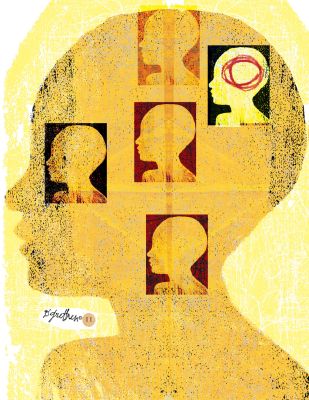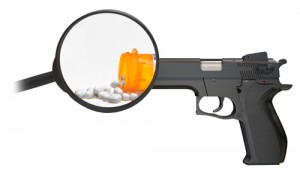
Parents File Appeal Against Connecticut Medical Examiner’s Refusal to Release Adam Lanza Toxicology Results
Despite a formal request from AbleChild, a Parent’s Rights organization, citing numerous state and federal laws supporting the release of Adam Lanza’s toxicology results and medical records, Connecticut Medical Examiner, H. Wayne Carver, M.D., has arbitrarily denied the request.






SHARE YOUR STORY/COMMENT: